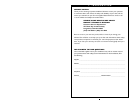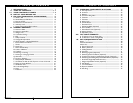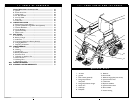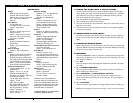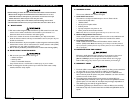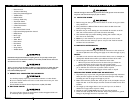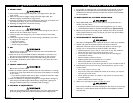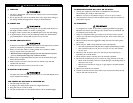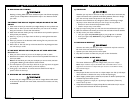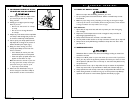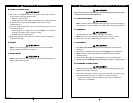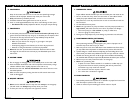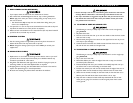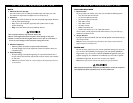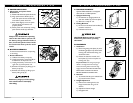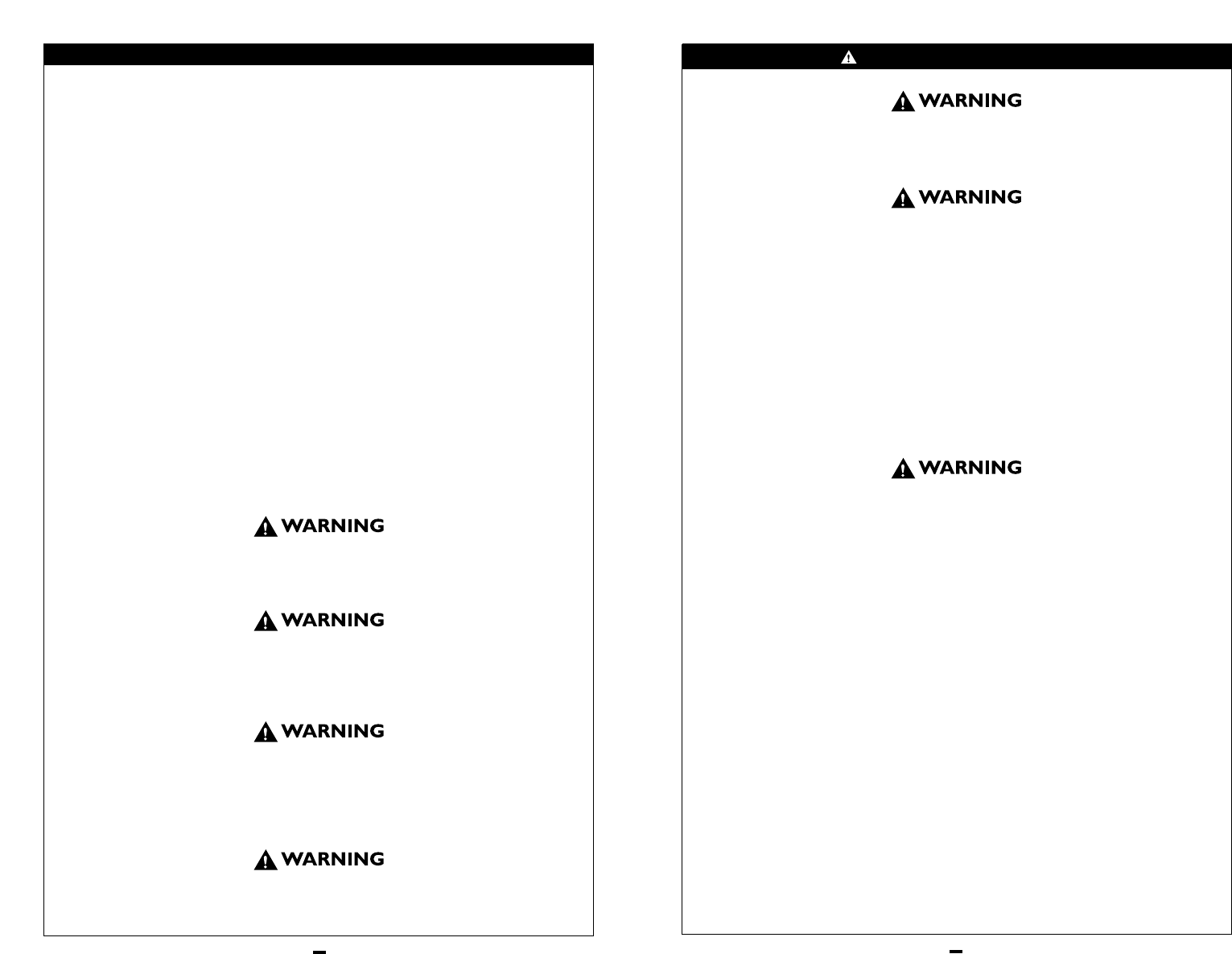
13
930336 Rev. E
VI. GENERAL WARNINGS
Heed all warnings in this section. If you fail to do so a fall, tip-over or loss of control
may occur and cause severe injury to your or others.
A. NOTICE TO RIDER
1. Before using this chair, you should be trained in its safe use by your health
care professional.
2. Every wheelchair is different.Take the time to learn the feel of this chair
before you begin riding.
3. Be aware that you must develop your own methods for the safe use of this
chair, that are best suited to your level of function and ability.
4. Have someone help you practice bending, reaching and transfers until you
learn how to do them safely.
5. Never try a new maneuver on your own unless you are sure it is safe.
6. Get to know the areas where you plan to use your chair. Look for hazards
and learn how to avoid them.
B. NOTICE TO ATTENDANTS
Make sure you heed all warnings and follow all instructions in each section of
this manual. (Be aware that warnings that apply to the rider also apply to you).
NOTES:
1. You need to work with the rider, and the rider’s doctor, nurse or therapist, to
develop safe methods best suited to your abilities and those of the rider.
2. To manually push the chair you must release the motor locks.
• Make sure you have full control over the chair when you release the
motor locks.When you do so the chair will not have brakes.
3. Propel this chair by the push handles only.They provide secure points for
you to hold the rear of the chair to prevent a fall or tip-over.
• Check to make sure push handle grips will not rotate or slip off.
HELPING THE RIDER OVERCOME AN OBSTACLE:
1. To prevent injury to your back, use good posture and proper body mechanics.
When you lift or support the rider or tilt the chair, bend your knees slightly
and keep your back as upright and straight as you can.
2. Before each maneuver, tell the rider what you plan to do, and explain what you
expect the rider to do.This will put the rider at ease and reduce the risk of an
accident.
3. Go straight up and straight down a curb or stair. If you turn, or climb or
descend at an angle, a fall or tip-over is likely.
4. Remind the rider to lean back when you tilt the chair backward.
5. Lower the chair slowly. Do not let the chair drop to the pavement or ground.
Doing so may damage the chair or injure the rider.
12
930336 Rev. E
• Breath Control
• Tri-Switch Head Array
• Heavy Duty Switched Joystick
• Treadle Switch
• Ribbon Switch
• Proximity Head Array
• Zero Touch Switch
• 4-Zero Touch Switch
• 5-Zero Touch Switch
• Disc Switch
• Proportional Head Control
• Proportional Mini-Joystick/Chin Control
• Buddy Button
• Micro Light
• Star Board
• Wafer Board
• Penta Switch
• Plate Switch
• Soft Switch
• Grasp Switch
• Wobble Switch
Individuals with physical limitations requiring the use of a specialty control input
device known not to be immune to 20V/m, or not known, should exercise extra care
around known sources of EMI.
There is no way to know the effect on EMI if you add accessories or modify this chair.
Any change to your chair may increase the risk of EMI. Parts from other suppliers
have unknown EMI properties.
F. REPORT ALL SUSPECTED EMI INCIDENTS
You should promptly report any unintended movement or brake release.
Be sure to indicate whether there was a radio wave source near your chair
at the time. Contact:
Sunrise Medical, Customer Service Department at (800) 333-4000.
G. EMI FROM CHAIR
The chair itself can disturb the performance of electromagnetic fields such
as emitted by alarm systems of shops.
V. EMI (ELECTROMAGNETIC INTERFERENCE)




